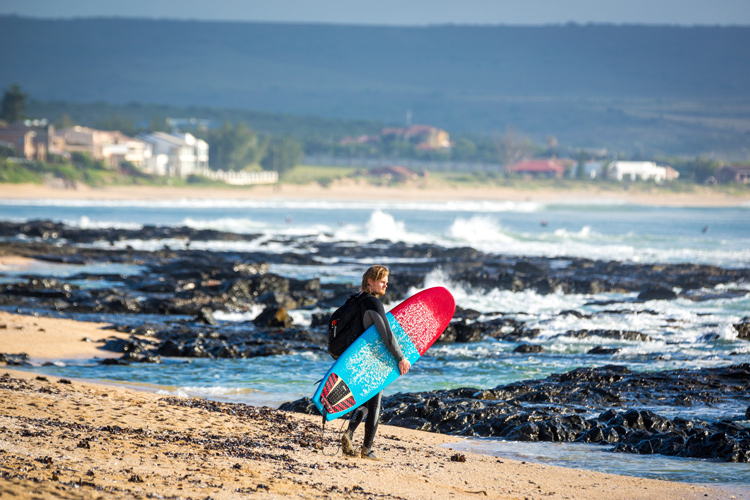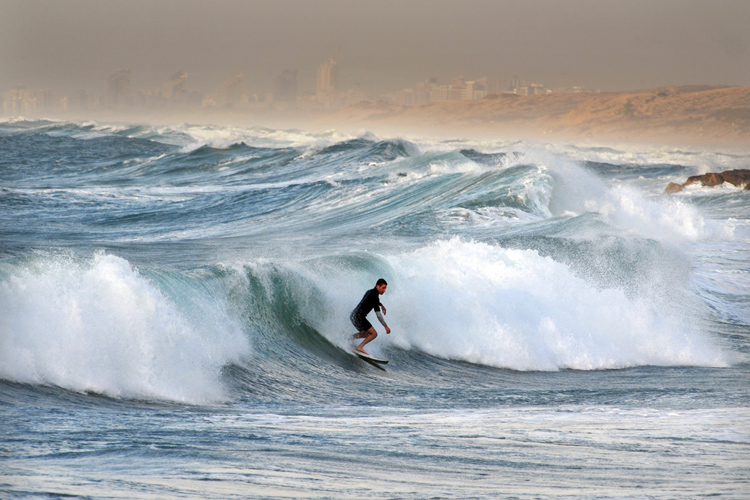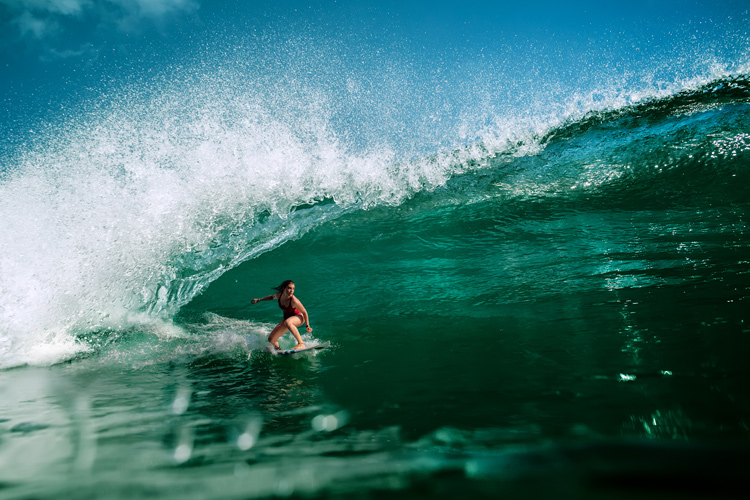The novel coronavirus Covid-19 changed the way we live in society. But it also introduced practices that we should follow in the surf during a pandemic.
The severe acute respiratory syndrome coronavirus 2 (SARS-CoV-2) outbreak taught us a few lessons.
We learned to respect and follow the guidelines and rules issued by national, state, regional, and local authorities.
They were designed to keep us safe and healthy, and unlike some might think, they are put in place to make our lives worse, more difficult, and less joyful.
Surfing is a great outdoor activity, and it also improves the mental health of its participants, who are in deep connection with the ocean waves.
However, we learned that coronaviruses could only be fought with extreme social distancing practices and high hygiene standards.
So, surfers in the line-up should adopt responsible behaviors to protect themselves and others, just like any of their social peers in terra firma.
Before making a move, check with your local authorities where and how you can access public beaches without violating lockdown and quarantine laws.
Some beaches might be closed temporarily; others could only be open to surfers and fishermen. If you're not allowed to surf, respect the regulations.
We all miss the waves. But our lives are more important than anything else. Survive the pandemic. Be responsible. Surf responsibly.

1. Gear Up at Home
Put on your wetsuit and wax up your surfboard at home to reduce the time in parking lots and avoid talks with other surfers and high-fives.
2. Go Surf Alone
It is always nice to go surfing with a friend, but during the pandemic, social interaction is not compatible. Think of a surf session as a strike mission - move, surf, and return.
3. Surf Your Home Spot
The less you travel or move around, the safer you'll be. Ride the waves of your local beach, and avoid driving to far-away surf spots.
4. Don't Go Out If It's Crowded
When in doubt, don't paddle out. If there are only a couple of peaks for 20 fellow surfers, think twice. Coughing and sneezing spread droplets as far as 26 feet (eight meters).
5. Walk Straight to the Peak
If you really need to have your dose of waves to keep mentally sane, be practical and get straight to the point. As you arrive at the beach, don't waste any time - walk directly toward the ocean and do what you want to do.

6. Paddle Away from Everyone
Keeping social distancing also means making sure you stay and move around the line-up at a safe distance from other surfers.
7. Maintain the Furthest Distance Possible
While waiting for waves, look around. Do you keep enough distance from everyone else? If not, think about choosing a less crowded peak, even if the conditions are not that great.
8. Take Turns
Avoid battling for waves. Once you've ridden your wave, wait for your turn on the shoulder and show everyone you're adopting good practices.
9. Leave Immediately After Your Session
Have you had your share of fun in the surf? Paddle in and leave the beach and any other public area as soon as possible.
10. Don't Change in the Parking Lot
Whenever possible, go home as quickly as possible. Don't chat with fellow wave riders about the wave you've just enjoyed. Wrap a towel around your wetsuit and drive or walk away.
